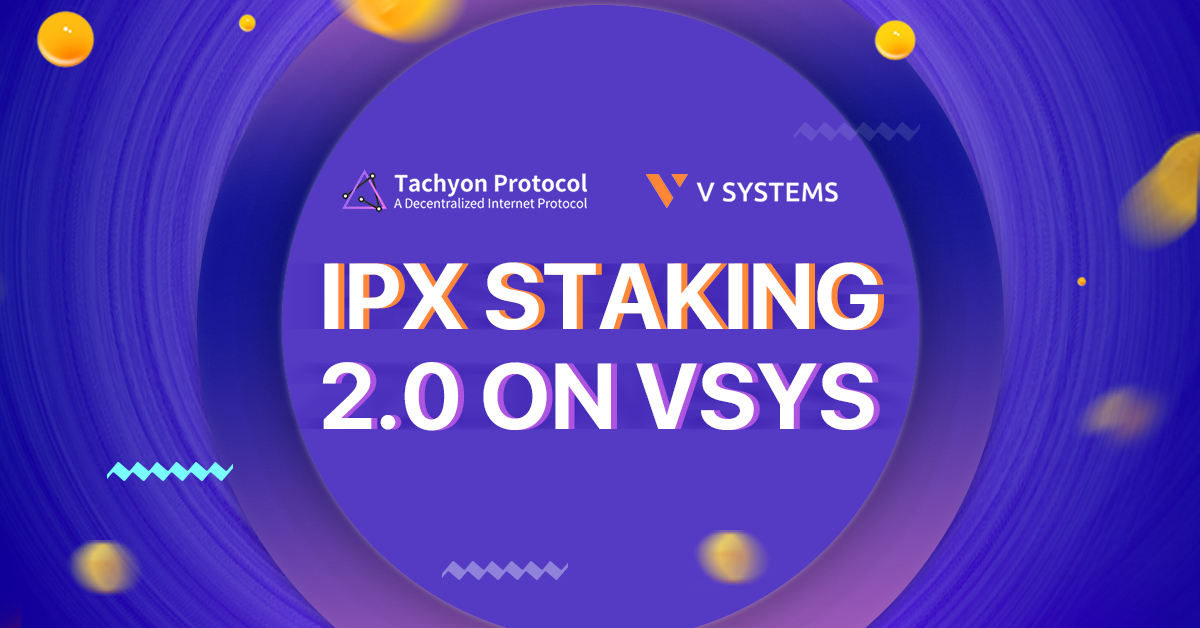INTRODUCTION
It merits thinking about that when the ride is done both the drivers and the travelers utilize the application to rate one another. not at all like the customary cab administrations, where the drivers have no unavoidable enthusiasm for being decent to their travelers, the vast majority of the ride hailing administration drivers will in general be as pleasant as they can to their clients so that toward the finish of the rides the clients will give them a decent evaluating.
Then again, the rating that the driver will give you will be remembered for the general rating that the ride hailing administration application relegates to you. A low in general rating doled out to you by the application might just impact the choice of other ride hailing administration drivers to reject giving you a ride, or in extraordinary cases may prompt the ride hailing administration organization forbidding you from utilizing their administrations.
MISSION STATEMENT
In the first few months of the RideNode ™ ICO Launch, RideNodes ™ will be used in the BayRide Cellular Application and gain a 5% market share in the $ 220 billion vehicle ride-in industry today.
About the project and its features
The project to be discussed now is a decentralized application called BayRide with an internal RideNode token. It is important to note that this application is a similar kind of operating principle, as well as the usual classic application for hailing a taxi with one very large characteristic advantage.
Namely, BayRide is fully decentralized, which means it complies with the three most basic principles of the Blockchain structure, which represent a transparent, reliable and secure environment for user communication.
And here again you might have a question, but how can decentralized applications solve all the problems above? The answer is easy. First, when registering in this application, both drivers and users will be subject to the KYC verification system (ie, know your customer's system). Second, all transactions on the provision of services, route fees, destinations will be determined through smart contracts. This means the driver will not be able to trick you or intentionally take you to the wrong place and commit some crime.
And, thirdly, the same thing applies to passengers. After all, each trip will record data about passengers, who goes where. Naturally, this data will be encrypted. However, in case of emergencies, they will be able to explain the situation, which means catching fraudsters, robbers, or worse, criminals or other criminals.

The advantage
Especially besides personal security. Each trip participant will get their own benefits. However, as far as you know, many global giant racers like Uber & LIFT charge huge fees to their drivers. As a result, the driver himself earns too little money. That sometimes takes many drivers to the extreme like suicide. And that is sad.
Paying special attention to this fact, the development team intends to provide all its drivers with a 0% commission. Thereby eliminating from them the shackles of labor that enveloped many companies engaged in passenger transportation. And to be honest, I think that's the right thing to do. After all, in addition to the time the driver spends working, he also spends his health, nervous system, and all these shortcomings result in poor health. It is desirable to correct regular holidays and breaks. And as you know, any vacation requires finance.
Conclusion
At the end of my review, I would like to once again draw attention to the fact that the project development team is working to bring our familiar processes into more reliable, high-quality and safest tools for communicating with each other. Which in my opinion is only a vital need.
But because the depth and width of this project is very large, I don't have time to show many important and unique processes of the BayRide application with internal RideNode tokens.
Therefore, I invite you to go to the next section of my article, where I have prepared for you all the most important and official resources of this project. And that's all I have. I am happy to share with you a new project and in my opinion unique in the world of blockchain technology. Write your opinion about this project in the comments and don't forget to like it. After all, this is how you motivate me to write more and more interesting especially for you!
The official source of the project:
- WEBSITE: https://ridenode.io/
- TELEGRAM: https://t.me/RideNodeGroup
- WHITEPAPER: https://www.ridenode.io/wp-content/uploads/2019/11/RideToken-WhitePaper-Version3.0 .pdf
- BITCOINTALK: https://bitcointalk.org/index.php?topic=5216291
- FACEBOOK: https://www.facebook.com/ridenode.tokens
- TWITTER: https://twitter.com/RideNode
- MEDIUM: https://medium.com/@ridenodetokens
- REDDIT: https://www.reddit.com/user/RideNode
- LINKEDIN: https://www.linkedin.com/company/bayrideinc
- INSTAGRAM: https://www.instagram.com/bayride .inc /
Author : cotel
Bitcointalk Profile : https://bitcointalk.org/index.php?action=profile;u=2573681
ETH Address : 0x5E088Eb333c0d58A80271B33533a7118EE660089




